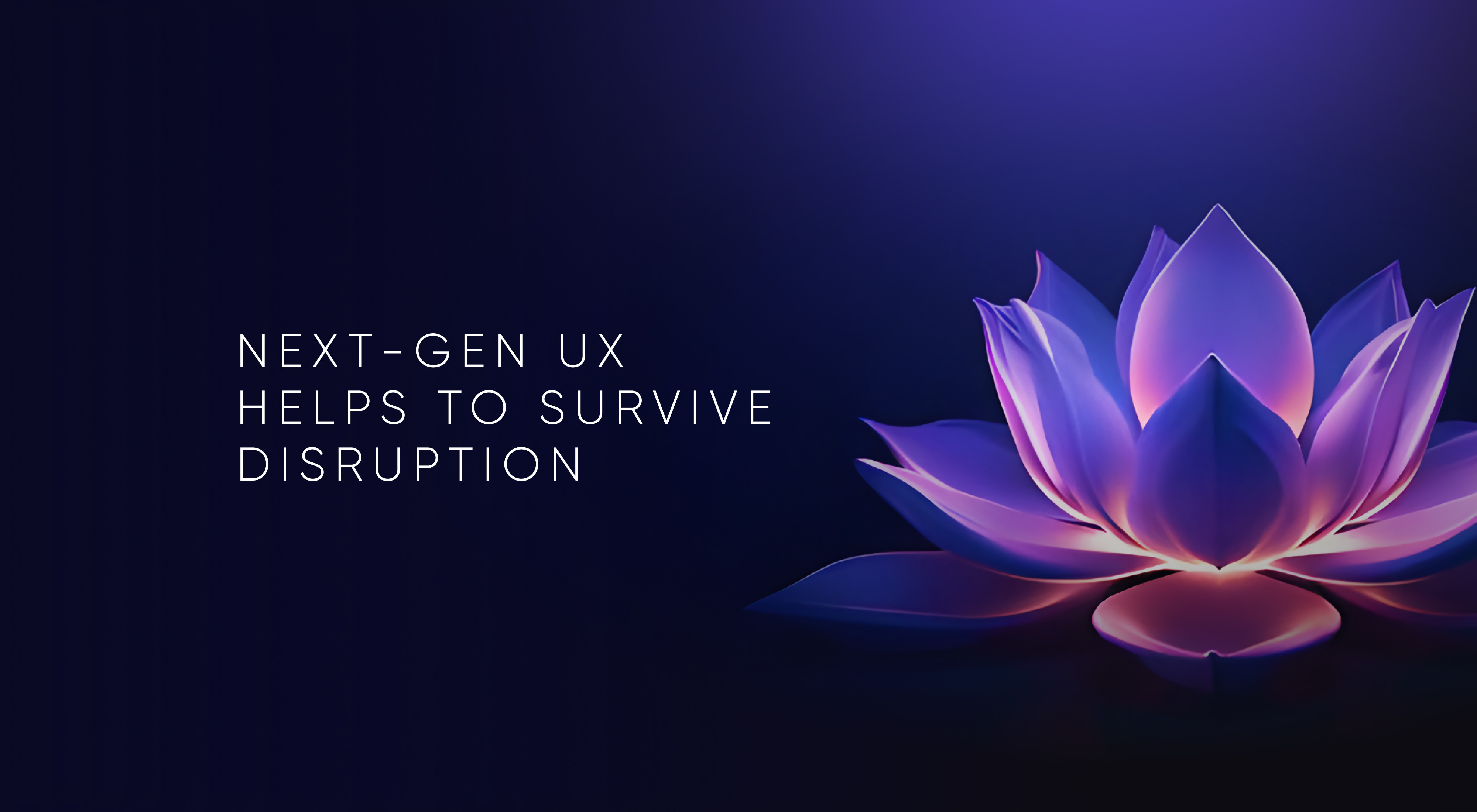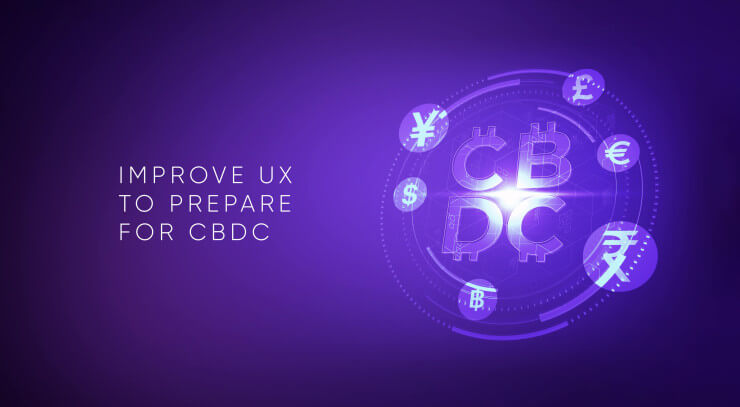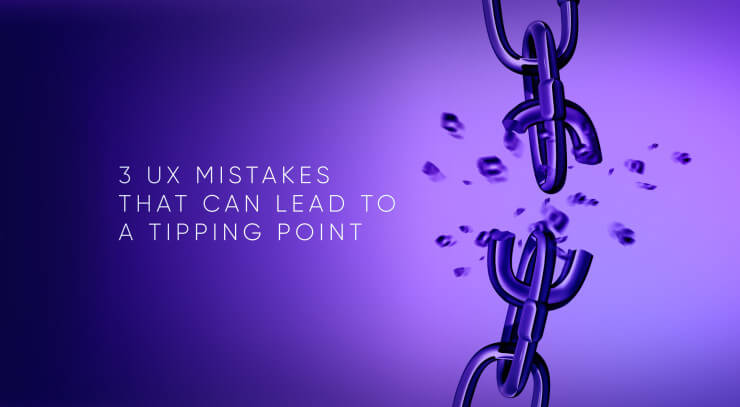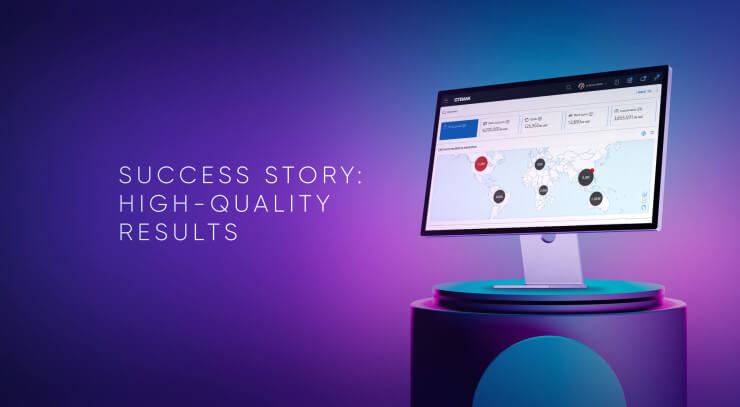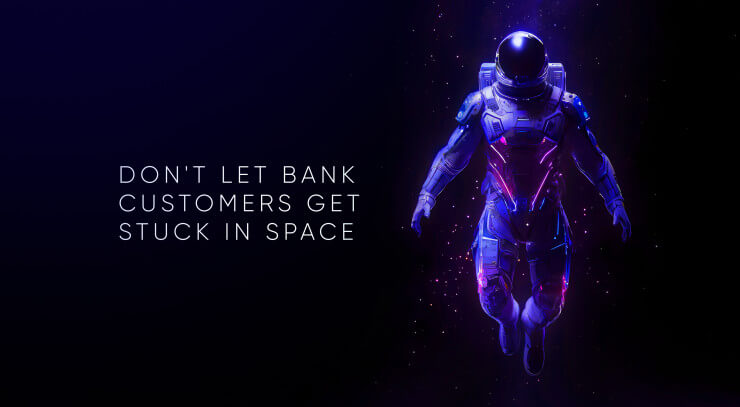As the usage of physical cash diminishes and digital consumption skyrockets, traditional banks are undergoing a seismic shift to adapt to changing customer preferences. Digital transformation is reshaping industries and consumer behaviors, and the banking sector stands at a crossroads, poised to redefine our financial experiences in unprecedented ways. Central Bank Digital Currencies (CBDCs) loom on the horizon, Fintech disruptors relentlessly push the boundaries, and consumers seek modern, user-centric solutions. Amid these shifts, banks are not just adapting; they are embracing banking innovation to elevate the next-gen UX in the financial industry.
Navigating the Digital Tide: From Cash to Convenience
The Global Payments Report 2023 by FIS Global underscore a paradigm shift in how transactions occur, with a decline in physical cash usage and a surge in digital payments. Digital wallets are the leading payment method globally with 32% in global POS payments; credit cards - 26% and debit cards - 23%. Cash is used in only 16% of POS transactions globally, with forecasts to reduce to 10% in 2026.
The explosion of online purchases, remote work arrangements and digital service consumption reflects our growing reliance on convenient and frictionless solutions. Recognizing this, banks have embarked on a journey to transform, shifting their focus from traditional banking models to digital-first strategies that cater to the needs of today's fast-paced, interconnected world.
On this landscape, central banks in over 100 countries explore retail digital currencies issuance to provide a future in which transactions are instantaneous, secure and accessible, regardless of physical borders. CBDCs will represent an evolutionary leap in the way we engage with money and financial systems. As CBDCs challenge traditional banking notions, they empower consumers to interact directly with central banks, fostering a new level of financial inclusivity and efficiency.
Transfers of CBDC units will take place without any involvement on the part of the central bank. A payer sends a CBDC transfer instruction indicating the amount, the pseudonym of the payee (account identifier and intermediary identifier) and whether or not the payment should be made anonymously. A CBDC payment system will allow users some degree of privacy for lower-value transactions, while still ensuring that higher-value transactions are subject to mandatory AML/CFT checks.
The imminent arrival of CBDCs introduces an entirely new dimension to the financial landscape. CBDCs have the potential to directly impact financial customers’ behavior, as they enable individuals to hold digital currency with central banks, thereby shifting deposits away from traditional banks.
Fintech companies are better poised for financial disruption by CBDCs as they are already at the forefront of redefining financial services through technological innovation. Their global reach, agile methodologies and culture of innovation are reshaping the landscape, enhancing competition and pushing banks to adapt swiftly or risk being left behind. The rise of Fintech challengers serves as a powerful catalyst for traditional banks to reinvent their strategies, amplify their digital offerings and provide consumers with modern, intuitive digital services that keep pace with the demands of the digital age.
Crafting a New Landscape: Banking Innovation as the Cornerstone
To ensure digital transformation and surpass disruption by CBDCs, banks could gain momentum and ride the wave of groundbreaking banking innovations that are sweeping in. These technologies not only offer banks a lifeline amid disruption but also pave the way for a new era of personalized, engaging and attractive UX in banking.
Generative AI
Generative AI, epitomized by the breakthrough of ChatGPT, could empower banks to provide hyper-personalized customer experiences like never before. By analyzing vast amounts of data and understanding individual preferences, banks can craft tailored financial solutions, recommend investment opportunities and offer real-time assistance that resonates with each customer's unique needs.
The Metaverse
The emergence of the Metaverse will be facilitated by Apple's Vision Pro headset and will enable a new dimension to banking customer experiences by merging physical and digital realms. Banks could position themselves as pioneers in this immersive digital world, allowing customers to engage with financial services in virtual spaces, attend virtual financial seminars and visualize their financial data like never before. This seamless blend of physical and digital interactions promises to create compelling customer journeys that transcend traditional boundaries.
Embedded Finance
Embedded finance, another transformative trend, enables banks to embed financial services within non-financial platforms like E-commerce websites and mobile apps. This integration creates new touchpoints for customer engagement, facilitating instant payments, customized financing options and seamless transactions without leaving the customer's preferred digital environment. This strategic expansion into everyday activities not only enhances customer convenience but also opens up new revenue streams for banks.
Biometric Authentication
Biometric authentication transforms the banking user experience from cumbersome to seamless. By leveraging unique physiological traits such as fingerprints, facial recognition and even retinal scans, biometrics enables users to access their accounts, authorize transactions and perform a host of financial operations without digital devices or cards. This not only eliminates the need to remember passwords or carry physical cards but also vastly reduces the risks associated with identity theft and fraud. Financial operations become not just effortless but also inherently secure. Biometric capabilities embedded in non-financial platforms amplifies convenience and simplifies the process, making financial interactions an integral part of everyday activities.
Cloud
In a world in which agility, scalability and personalized experiences reign supreme, Cloud migration emerges as the catalyst for the evolution of the banking industry. Cloud computing enables banks to unshackle themselves from traditional infrastructure constraints and tap into the virtually limitless resources of the Cloud.
Instead of tracking fraud using the bandwidth of the servers locally, banks can rent capacity from the Cloud to use machine learning that crunches numbers fast and on an enormous scale, thereby detecting anything out of the ordinary. Also, Cloud platforms provide on-demand resources that can accommodate fluctuations in transaction volumes and customer demands. This scalability ensures that banks can efficiently manage high-demand periods, offer seamless and fast user experience in banking and adapt swiftly to market changes.
The Imperative for Traditional Banks: Growing Digital Value for Customers
The innovative future demands a comprehensive reimagining of banking strategies in the digital landscape. By embracing a digital-first strategy, fostering cultures of innovation in banking and enhancing UX, banks can seamlessly integrate these new technologies and trends, enriching customers' financial lives and offering tailored solutions that resonate with modern lifestyles.
The stage is set for a new era of banking innovation, in which technology and customer-centricity converge to create unparalleled financial experiences. As banks chart their course, they hold the power to redefine not only the way we interact with financial services but also the role of finance in our digital lives. The next-gen UX in banking is no longer a vision; it's a reality that banks must embrace to ensure they remain at the heart of our evolving financial journeys.
To ensure the seamless integration of cutting-edge banking innovations and enable a next-gen banking UX for consumers, banks must undertake a holistic transformation that places user needs and preferences at the forefront. Here's a roadmap for banks to navigate this transformative journey and increase the digital value for customers:
1. Embrace Digital Transformation Totally
Banks need to internalize that digital transformation is not just a technological overhaul but a mindset shift. The entire organization, from leadership to employees, should align with the vision of embracing digital innovation in banking and putting customers at the forefront.
2. Develop a Culture of Innovation
Foster an environment that encourages creativity and experimentation. Establish innovation labs, cross-functional teams and channels for employees to contribute ideas. Regularly engage with Fintech ecosystems, startups and technology partners to stay abreast of emerging trends.
3. Prioritize User Experience Design
Place user-centric design at the core of product and service development. Conduct thorough UX research of financial service to understand user behaviors, preferences, pain points and aspirations. Incorporate design thinking principles into business strategy, accelerating the company's design maturity to create intuitive and compelling products that meet diverse consumer needs.
4. Invest in Personalization
Leverage data analytics and AI to create and deliver hyper-personalized UX in banking. Provide tailored recommendations, insights and solutions that align with users' financial goals and behaviors. Utilize technologies like Generative AI to offer real-time assistance and 24/7 support.
5. Seamless Integration of Innovations in Banking
Collaborate with tech leaders and industry innovators to seamlessly integrate emerging technologies. Work on open banking APIs (Application Programming Interfaces) that allow for effortless connections with Fintech services, CBDCs and other transformative solutions. This integration should focus on enhancing customer journeys and simplifying processes.
6. Data-Driven Customer Insights
Leverage UX audit of banking product to gain deep insights into product usage and user preferences. Utilize this data to refine your digital offerings, make informed decisions and develop digital strategies that are rooted in real-world usage patterns.
7. Prioritize Security and Privacy
As new banking innovations often bring new security challenges, invest in robust cybersecurity measures. Ensure that biometric authentication and other advanced security features are seamlessly integrated, offering consumers a safe and trustworthy digital environment.
8. Educate and Empower Consumers
The introduction of new technologies might require user and employee education. Offer comprehensive resources, tutorials and support to help users and employees navigate these innovations in banking confidently.
9. Iterative Development and Continuous Improvement
Banking innovation is an ongoing process. Embrace an iterative development approach that allows for rapid prototyping, testing and refinement based on user feedback. Keep a close eye on the pulse of evolving user needs and market trends.
10. Collaborate and Co-Create
Involve consumers in the development process through co-creation initiatives. Solicit feedback, engage in dialogue and adapt based on user insights. This not only enhances user satisfaction but also cultivates a sense of ownership among consumers.
Conclusion: A Journey of Empowerment and Transformation
The winds of disruption offer an opportunity for banks to harness the power of cutting-edge technologies, redefining their roles as providers of bespoke financial UX. When CBDCs reshape the financial landscape, banks that embrace innovation in banking will stand to not only survive but thrive.
By leveraging Generative AI, embracing the potential of the Metaverse and seamlessly integrating into customers' daily activities through embedded finance, banks position themselves as indispensable partners on the financial journey. Doing so, they open the doors to a future in which customer engagement is not just transactional but deeply meaningful, forging a path to enduring success in an evolving digital world.
The pursuit of a user-centered digital strategy marks a journey of empowerment and transformation for banks. By putting users' needs and preferences first, banks can harness the power of generative AI, biometric authentication and the potential of the Metaverse to create next-gen digital UX in banking that resonates deeply with consumers.
As banking evolves into a seamless blend of convenience, security and personalization, these institutions not only secure their relevance but can also become architects of a financial future that empowers individuals to navigate their financial journeys with confidence and ease.
Get UXDA Research-Based White Paper "How to Win the Hearts of Digital Customers":
 If you want to create next-gen financial products to receive an exceptional competitive advantage in the digital age, contact us! With the power of financial UX design, we can help you turn your business into a beloved financial brand with a strong emotional connection with your clients, resulting in success, demand, and long-term customer loyalty.
If you want to create next-gen financial products to receive an exceptional competitive advantage in the digital age, contact us! With the power of financial UX design, we can help you turn your business into a beloved financial brand with a strong emotional connection with your clients, resulting in success, demand, and long-term customer loyalty.
- E-mail us at info@theuxda.com
- Chat with us in Whatsapp
- Send a direct message to UXDA's CEO Alex Kreger on Linkedin


